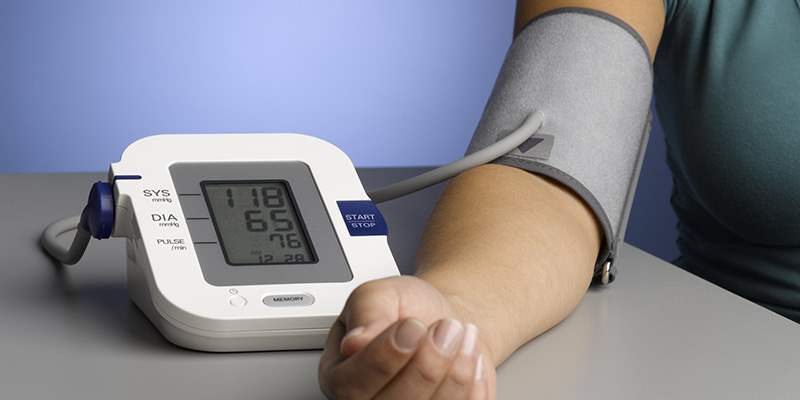
A Comprehensive Guide to Checking and Understanding Blood Pressure
Checking blood pressure is a vital aspect of maintaining good health. Whether done at home or in a healthcare setting, regular monitoring provides valuable insights into cardiovascular health. Understanding blood pressure and its measurements, the consequences of uncontrolled readings, factors affecting accuracy, and the benefits of home monitoring are all crucial for informed health management.
Importance of Regularly Monitoring Blood Pressure

Regular monitoring of blood pressure is essential for several reasons. It helps in assessing overall heart health, identifying potential issues early on, and tracking the effectiveness of treatment plans. By monitoring blood pressure, individuals can take proactive steps to maintain a healthy lifestyle and prevent complications associated with hypertension (high blood pressure) or hypotension (low blood pressure).
Understanding Blood Pressure and Its Measurements
Blood pressure is the force exerted by the blood against the walls of the arteries as the heart pumps it around the body. It is typically recorded as two numbers: systolic pressure and diastolic pressure. The systolic pressure (top number) represents the pressure in the arteries when the heart beats or contracts, while the diastolic pressure (bottom number) is the pressure when the heart rests between beats.
- Systolic Pressure: This is the highest pressure in the arteries when the heart contracts.
- Diastolic Pressure: This is the lowest pressure in the arteries when the heart is at rest between beats.
Consequences of Uncontrolled Blood Pressure
Uncontrolled high blood pressure can have serious consequences on health. It increases the risk of heart disease, stroke, kidney disease, and other cardiovascular complications. On the other hand, low blood pressure can cause dizziness, fainting, and in severe cases, organ damage due to inadequate blood flow.
Factors Affecting Readings
Several factors can influence blood pressure readings, leading to variability in measurements. One common factor is “white coat syndrome,” where blood pressure appears elevated in a medical setting due to anxiety or stress. Other factors include:
- Physical Activity: Blood pressure can rise temporarily during physical exertion.
- Medications: Certain medications can affect blood pressure readings.
- Time of Day: Blood pressure tends to be lower in the mornings and higher in the evenings.
- Position: Blood pressure can vary when standing, sitting, or lying down.
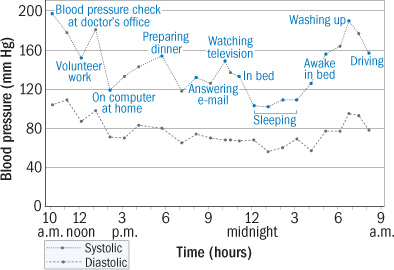
High Blood Pressure (Hypertension) and its Classifications
High blood pressure, or hypertension, is a common condition that often goes unnoticed due to its lack of obvious symptoms. It is classified into stages based on the following ranges:
- Normal: Systolic less than 120 mm Hg and diastolic less than 80 mm Hg.
- Elevated: Systolic between 120-129 mm Hg and diastolic less than 80 mm Hg.
- Stage 1 Hypertension: Systolic between 130-139 mm Hg or diastolic between 80-89 mm Hg.
- Stage 2 Hypertension: Systolic 140 mm Hg or higher or diastolic 90 mm Hg or higher.
The following table provides further information on blood pressure classifications:
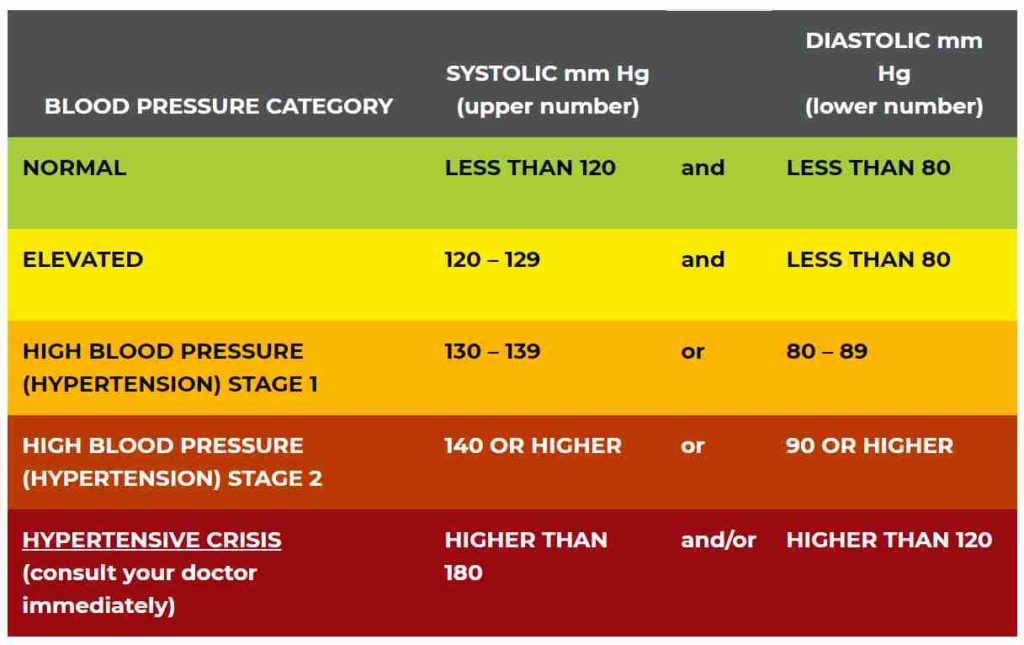
Low Blood Pressure (Hypotension) and its Concerns
While high blood pressure receives significant attention, low blood pressure (hypotension) can also pose risks. Symptoms of low blood pressure include dizziness, fainting, blurred vision, and fatigue. Hypotension can result from dehydration, heart problems, endocrine disorders, or nutritional deficiencies.
Benefits of Home Blood Pressure Monitoring
Home blood pressure monitoring offers several advantages, including convenience, frequent monitoring, and the ability to detect fluctuations that may go unnoticed in occasional clinic visits. It empowers individuals to actively participate in their health management and provides valuable data for healthcare providers to make informed decisions.
Tips for Accurate Home Blood Pressure Measurement
To ensure accurate readings when monitoring blood pressure at home, follow these tips:
- Use a Reliable Monitor: Invest in a validated and accurate blood pressure monitor.
- Proper Cuff Placement: Place the cuff on the bare upper arm at heart level.
- Avoid Stimulants: Refrain from caffeine, smoking, or exercise at least 30 minutes before checking blood pressure.
- Relaxation: Sit quietly for 5 minutes before taking measurements.
- Multiple Readings: Take two to three readings, one minute apart, and record the average.
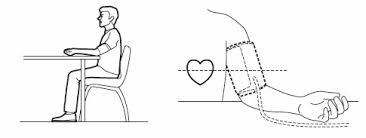
Maintenance of Home Blood Pressure Monitors
Regular maintenance of home blood pressure monitors is crucial for accurate readings over time. Here are some maintenance tips:
- Calibration: Follow the manufacturer’s instructions for calibration.
- Cleaning: Wipe the monitor with a damp cloth regularly.
- Battery Check: Ensure the batteries are charged or replaced as needed.
- Storage: Store the monitor in a cool, dry place away from direct sunlight.
FAQs
Q: How often should blood pressure be checked?
A: It is recommended to check blood pressure at least once a year for adults with normal readings. Individuals with hypertension or other risk factors may need more frequent monitoring as advised by their healthcare provider.
Q: Can stress affect blood pressure readings?
A: Yes, stress and anxiety can lead to temporary spikes in blood pressure, known as “white coat syndrome.” This is why it’s important to relax and rest for a few minutes before checking blood pressure.
Q: Are there lifestyle changes to help manage blood pressure?
A: Yes, lifestyle changes play a crucial role in managing blood pressure. These include maintaining a healthy diet low in sodium, regular exercise, managing stress, limiting alcohol intake, and avoiding smoking.
Q: When should I seek medical attention for high or low blood pressure?
A: It’s important to seek medical attention if you experience severe symptoms such as chest pain, severe headaches, vision problems, fainting, or confusion. Persistent high or low blood pressure readings should also prompt a visit to a healthcare professional.
Key Takeaways
- Regularly monitoring blood pressure is crucial for heart health and overall well-being.
- Understanding systolic and diastolic pressure readings provides insights into cardiovascular function.
- Uncontrolled high blood pressure can lead to serious health complications.
- Factors like variability and white coat syndrome can influence blood pressure readings.
- Home blood pressure monitoring offers convenience and proactive health management.
- Accurate measurements require proper technique and maintenance of monitoring devices.
In conclusion, checking blood pressure is not just a routine task but a significant step in maintaining optimal health. Whether at home or in a clinical setting, understanding the importance of regular monitoring, the nuances of blood pressure measurements, and the impact of high and low blood pressure is essential. By following accurate measurement techniques and lifestyle modifications, individuals can take control of their cardiovascular health and work towards a healthier future.




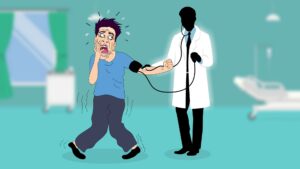
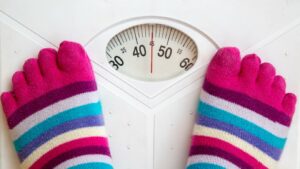
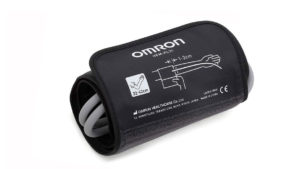



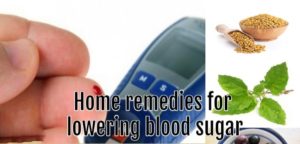
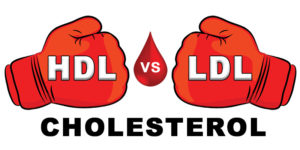
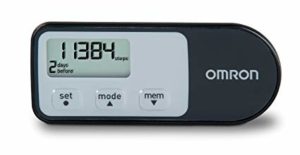
The information provided here are very very important because the rise in blood pressure increases the risk for more health problems. Also high BP will damage your blood vessels and heart in long run.
good luck and cheers!